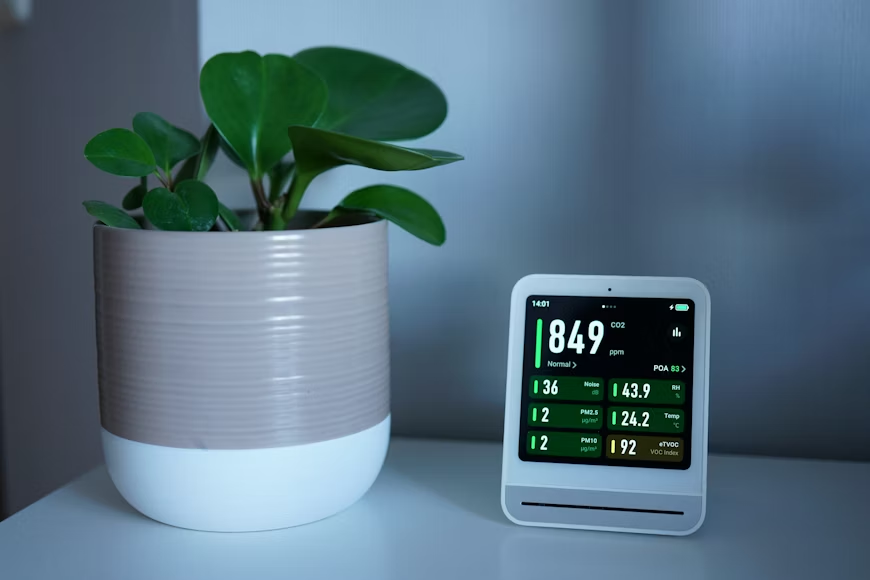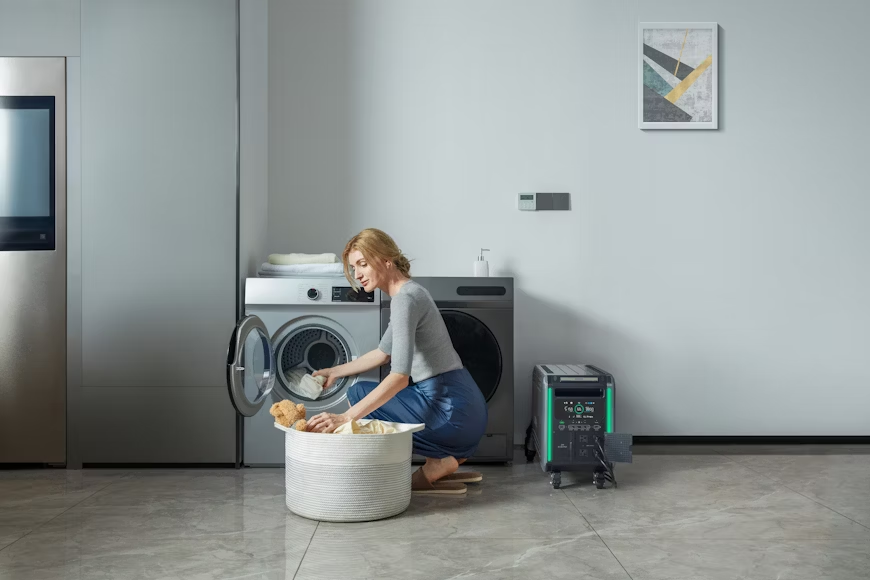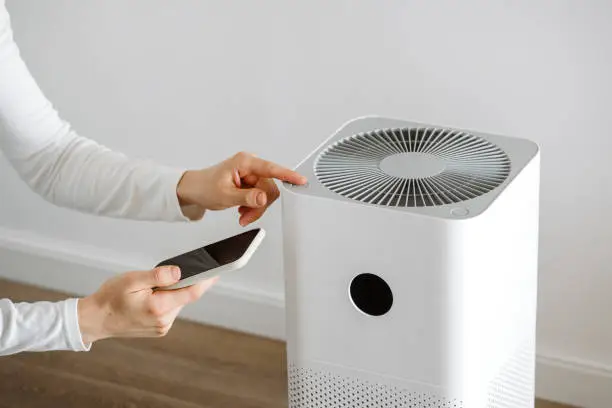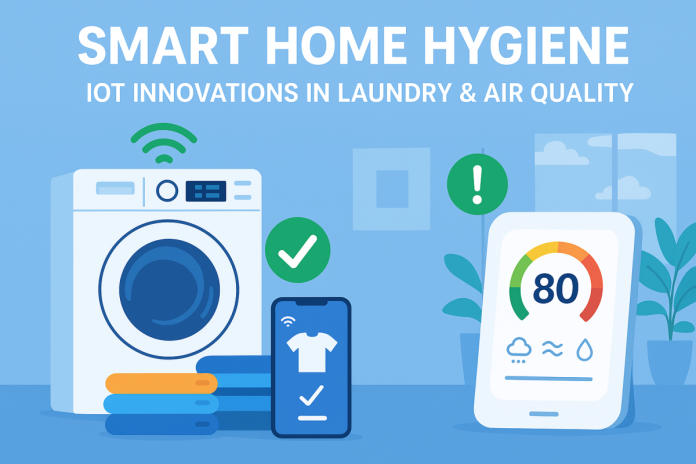In the age of connected living, hygiene has evolved from a routine task into a data-driven experience. Smart home technologies now go beyond convenience, helping maintain healthier and cleaner spaces. From AI-powered washing machines that detect odors to air monitors that analyze particulate levels, technology is reshaping how we care for our homes.
Table of contents
- The Evolution of Hygiene-Tech
- AI and Sensor Intelligence
- Air Quality: The Hidden Hygiene Factor
- Smart Laundry Systems
- Data-Driven Hygiene Analytics
- Sustainable Hygiene Through Technology
- Interconnected Hygiene Ecosystems
- Human-Centered Design and Behavioral Insights
- The Future of Autonomous Hygiene
- Conclusion
The Evolution of Hygiene-Tech
The Internet of Things (IoT) has redefined domestic life. What began with smart thermostats and lighting has expanded into intelligent hygiene systems. These innovations bridge comfort, wellness, and automation, turning hygiene into an active part of home management.
Innovative hygiene technologies include air purifiers that detect allergens, washing machines that track detergent levels, and humidity sensors that communicate with ventilation systems. Rather than functioning as isolated gadgets, these devices operate as part of a unified ecosystem that continuously maintains a cleaner, healthier environment. When fabrics retain persistent odors, some systems may even suggest natural solutions and reminders to get odor remover for laundry at Azuna Fresh, ensuring freshness aligns with the home’s automated hygiene network.
AI and Sensor Intelligence

At the core of this transformation lies artificial intelligence and sensor integration. Modern air quality sensors detect carbon dioxide, volatile compounds, and microscopic particles. Laundry appliances equipped with odor and moisture detectors can signal when a deep-clean cycle is needed or suggest maintenance steps.
Machine learning systems analyze this data to predict patterns, such as when air filters need replacement or when excess humidity might lead to mold growth. These predictive capabilities, inspired by industrial automation, make household hygiene proactive instead of reactive.
Air Quality: The Hidden Hygiene Factor
Indoor air quality plays a vital role in overall wellness. The U.S. Department of Energy reports that Americans spend nearly 90% of their time indoors, where pollutants can reach two to five times higher concentrations than outdoors.
Innovative systems respond dynamically, adjusting purifier speed when air quality drops, monitoring humidity levels, and providing real-time feedback through mobile apps or voice assistants. This continuous loop not only improves comfort but also reduces allergens and maintains balanced air conditions across rooms.
Smart Laundry Systems

Laundry may seem routine, yet it’s increasingly data-rich. Modern washing machines analyze load size, water clarity, and even odor levels to optimize each cycle. Companion apps can track efficiency and recommend eco-friendly cleaning methods or natural solutions when deeper freshness is required.
This feedback system helps reduce waste, improve washing precision, and extend the lifespan of both fabrics and appliances. In essence, your washer learns from usage patterns, turning routine cleaning into an intelligent process.
Data-Driven Hygiene Analytics
Hygiene is now measurable. Innovative ecosystems aggregate sensor data from air, water, and fabric sources to generate insights such as when to replace filters or which areas of the home experience higher humidity.
Some emerging platforms visualize this data in dashboards or “Home Hygiene Scores,” similar to how fitness apps track physical activity. This quantitative approach allows homeowners to make informed decisions that balance cleanliness, sustainability, and energy use.
Sustainable Hygiene Through Technology
Sustainability is a defining aspect of modern smart homes. Many IoT-based appliances automatically optimize energy and water usage, adjusting cycle lengths or operating purifiers only when needed.
Additionally, digital monitoring reduces waste by preventing overuse of detergents or cleaning agents. The integration of eco-friendly practices with automation reflects a shift toward greener living, where technology supports environmental responsibility.
Interconnected Hygiene Ecosystems

Next-generation homes are moving toward seamless interoperability. Devices such as air purifiers, washers, and voice assistants now collaborate across platforms like Google Home or Samsung SmartThings.
A single command can coordinate multiple actions, triggering air circulation, starting a wash cycle, or checking supply levels. This cross-platform integration creates a cohesive hygiene network that minimizes manual effort while maximizing efficiency.
Human-Centered Design and Behavioral Insights
Despite increasing home automation, the human element remains central. Intelligent systems are designed to encourage consistent hygiene habits rather than replace them. Notifications, visual indicators, and adaptive reminders gently reinforce routines like filter cleaning or laundry scheduling.
Some systems even incorporate gamified dashboards or color-coded feedback, turning cleanliness into an engaging and manageable habit.
The Future of Autonomous Hygiene
Emerging technologies hint at a future of fully autonomous hygiene. Prototypes already exist for self-cleaning filters, AI-driven laundry assistants, and scent diffusers that adjust based on real-time air readings.
In the coming years, homes may manage hygiene entirely on their own, detecting environmental shifts, running cleaning processes, and maintaining optimal air quality without human intervention.
Conclusion
The convergence of IoT, AI, and sustainable design is redefining cleanliness in the digital era. Smart home hygiene systems transform everyday maintenance into an intelligent, automated, and eco-conscious experience.
By merging data, design, and human insight, these technologies create homes that don’t just stay clean, they think clean.











